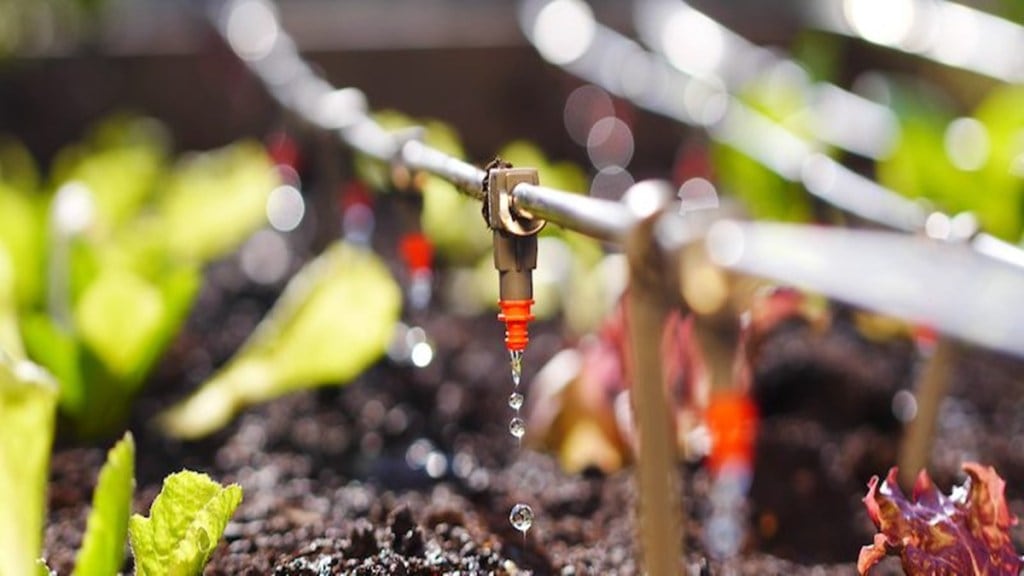With China imposing fresh restrictions on exports of water-soluble fertilisers, the industry has asked the government to encourage domestic production of these non-subsidised specialty soil nutrients.
These fertilisers are used largely for increasing yield of horticultural crops such as fruits and vegetables.
“Promoting domestic production of the fertilizer would reduce the fiscal burden of increasing usage of highly subsidized soil nutrients”, Suhash Buddhe, adviser, Soluble Fertilizer Industry Association (SFIA), told FE.
Buddhe, also a mentor at IIM, Nagpur incubation cell said the government has to step in to promote domestic production of such soil-nutrients to enhance crop yields, improve soil health, and increase nutrient use efficiency, compared to traditional fertilisers used in the soil.
Trade sources said that India does not have the technology to produce specialty fertilisers as the volumes of consumption is still low for making economically viable manufacturing facilities in the country.
Currently, start-ups such as Ishita International have been engaged in producing customized water soluble NPK in different nutrient combinations there is a need to increase output of these non-subsidised soil nutrients.
Traditionally. these soil nutrients have been used for horticultural crops, but it’s being used for other crops such as wheat and soybean in recent months.
Out of the estimated 0.6 million tonne (MT) annual consumption of these specialty fertilizers, 80% is imported from China while only 10% produced domestically. Rest are sourced from countries including Jordan and Saudi Arabia.
Over the past four years, China has imposed restrictions on fertilizer exports—including specialty fertilizers—primarily by delaying or withholding clearance.
“While earlier disruptions were short-term, the current halt is more stringent and appears to reflect a deeper, more sustained export control strategy from 2021,” Rajib Chakraborty, president, SFIA said.
Currently the country consumes around 60 MT of traditional soil-applied fertilizers including urea, Diammonium Phosphate and Muriate of Potash. Out of these around a third of total consumption is imported. The fertiliser subsidy for 2025-26 is projected at Rs 1.67 trillion.
According to the Fertilizer Association of India (FAI), soluble fertilizers refer to water-soluble fertilizers whose usage are increasing significantly in the recent months in agriculture. These fertilizers efficiently supply nitrogen, phosphorus, and Kalium (potassium) and micro nutrients when dissolved in water, directly absorbed by plants through drip or sprinkler irrigation systems.
According to FAI, the market for micronutrient fertilizers in India is expected to exceed $1 billion by 2029.
Since 2021, fertiliser major Indian Farmers Fertiliser Cooperative (IFFCO) has introduced nano-urea and nano-DAP in liquid form for providing nutrients to plants as alternative conventional fertilizer.

